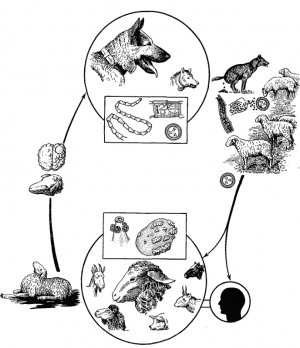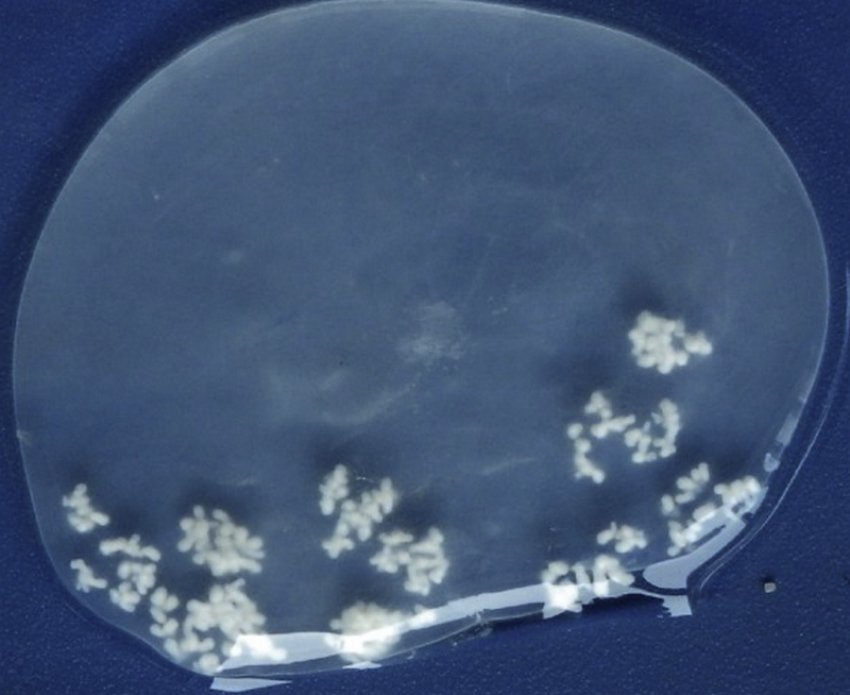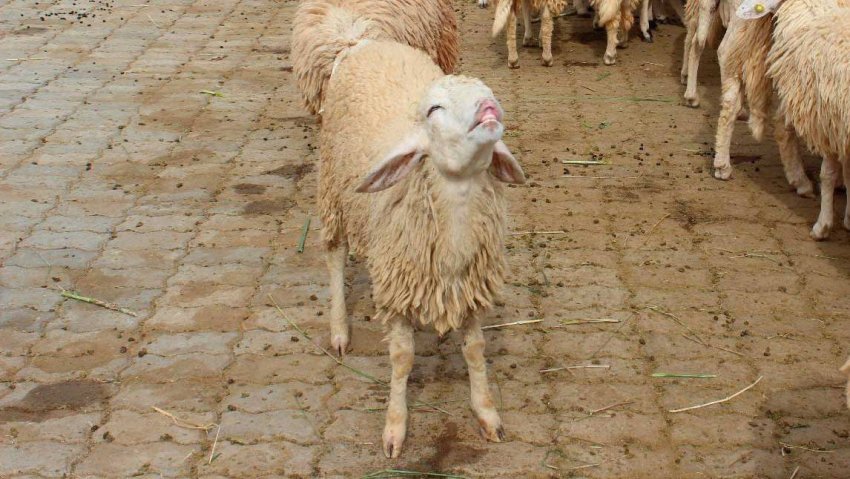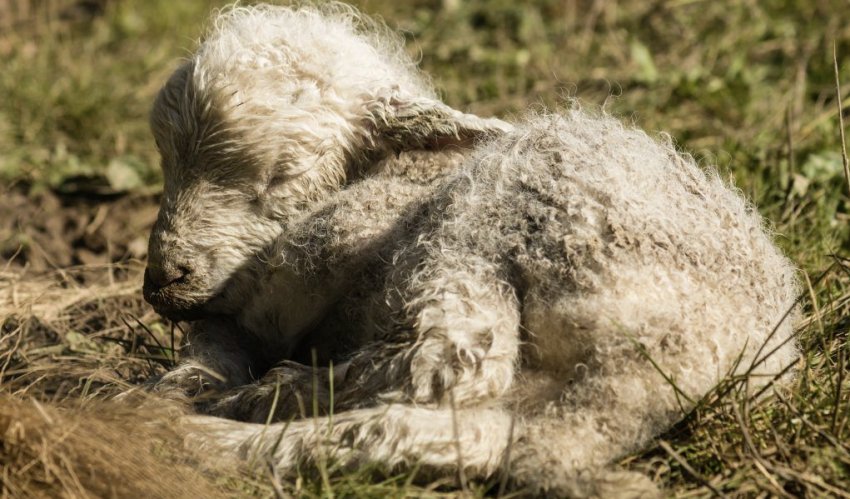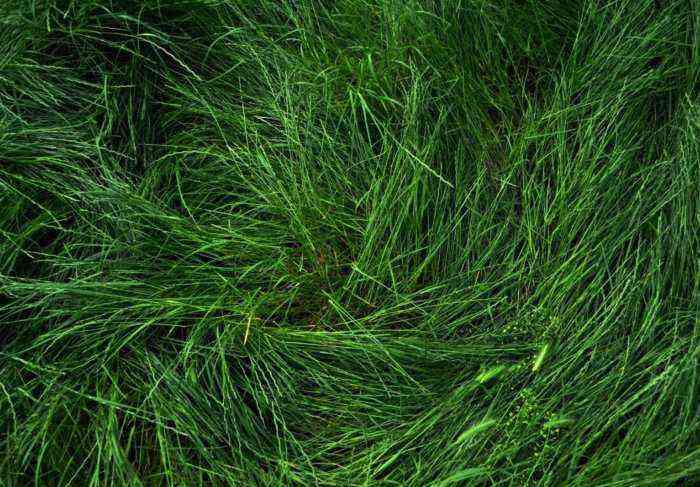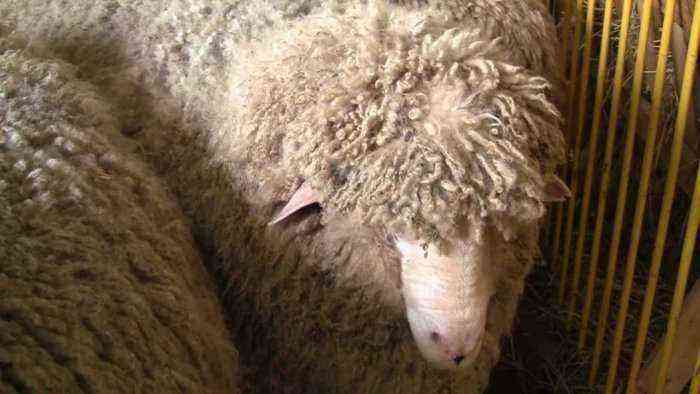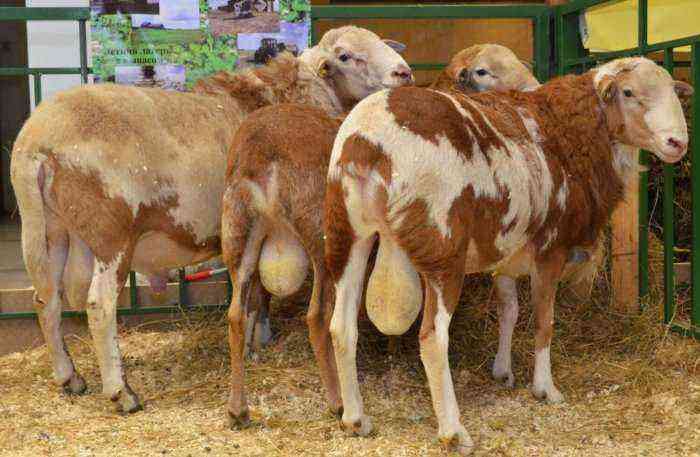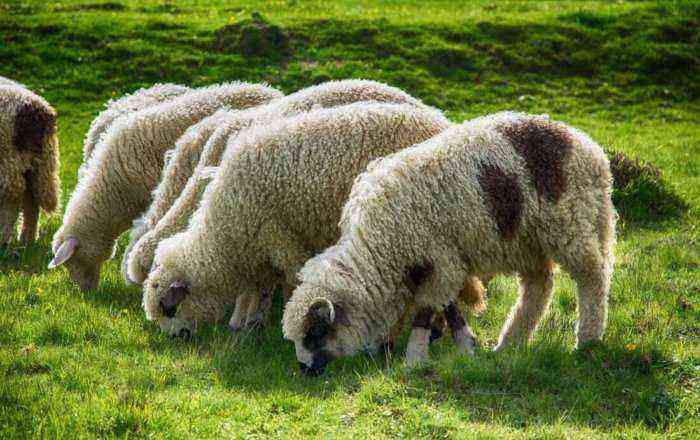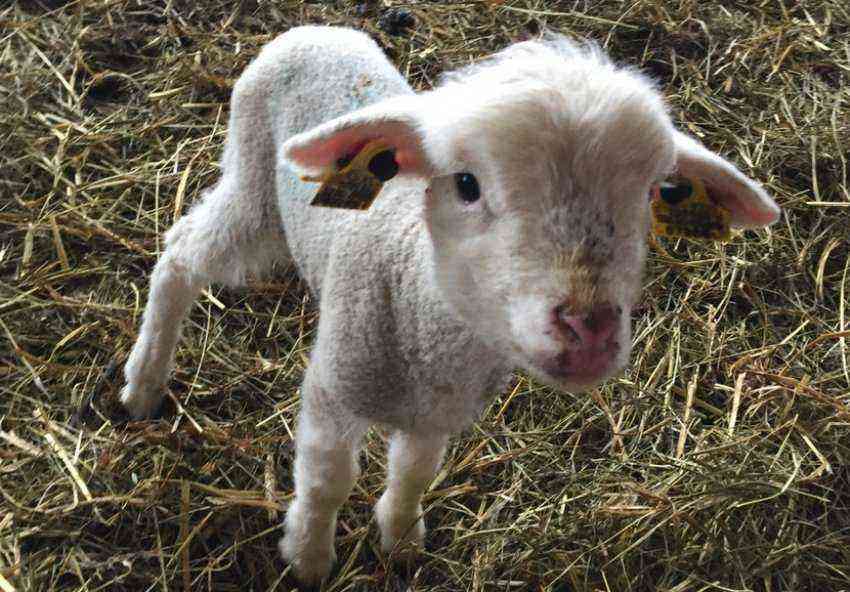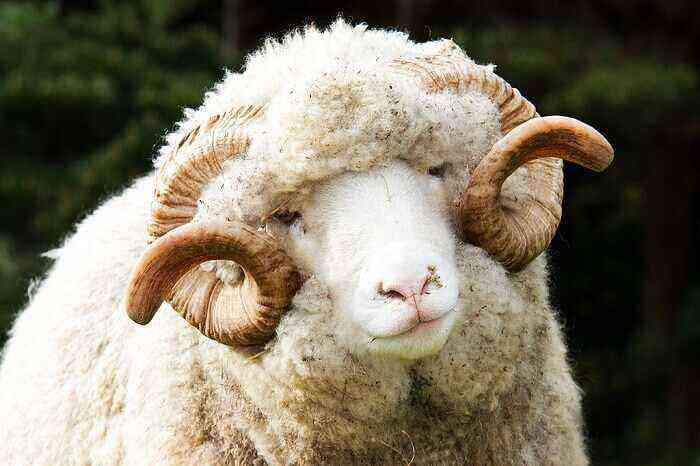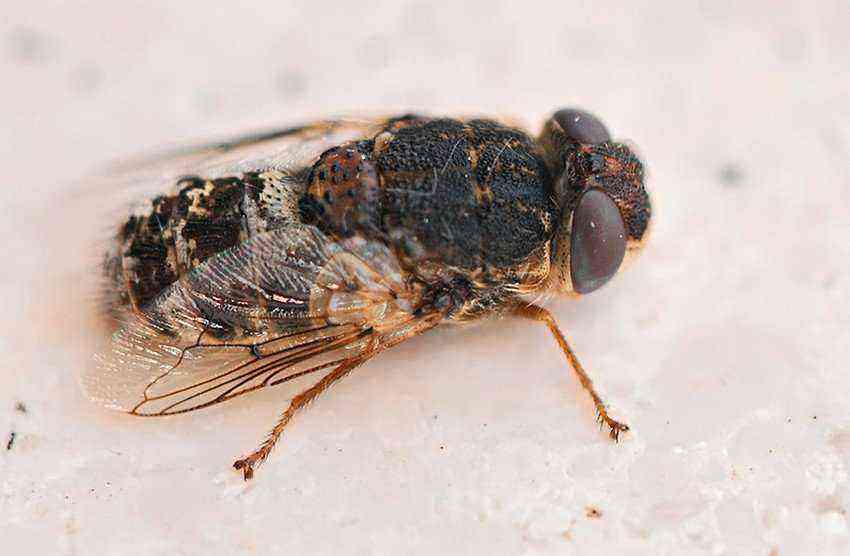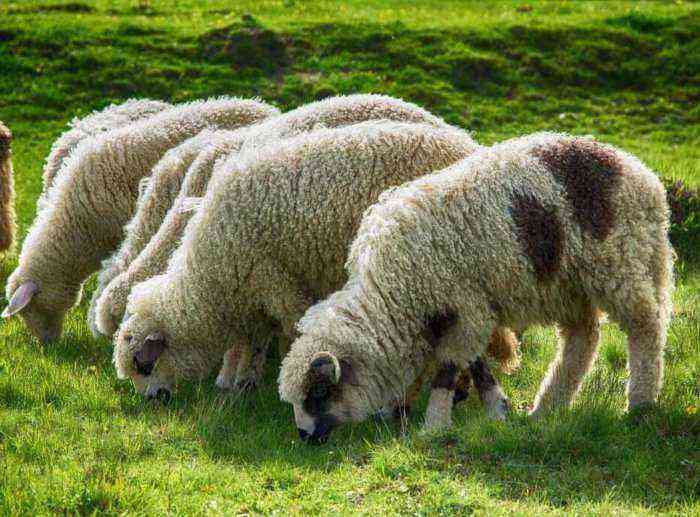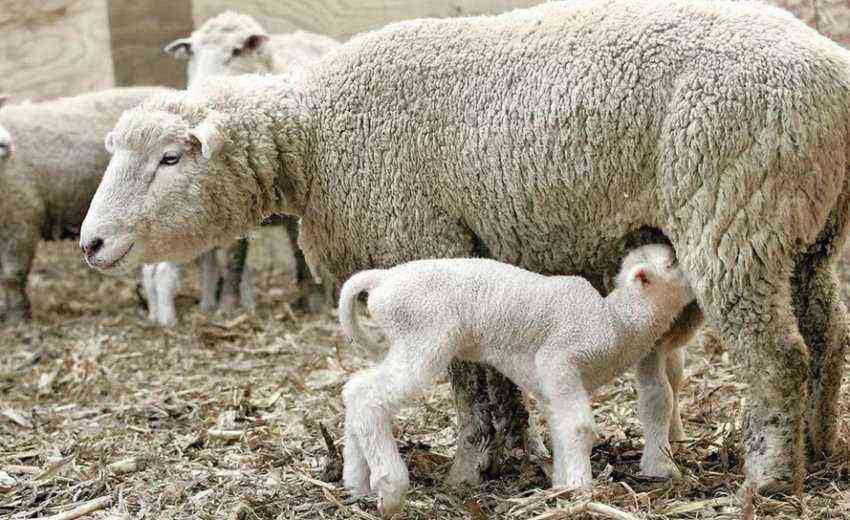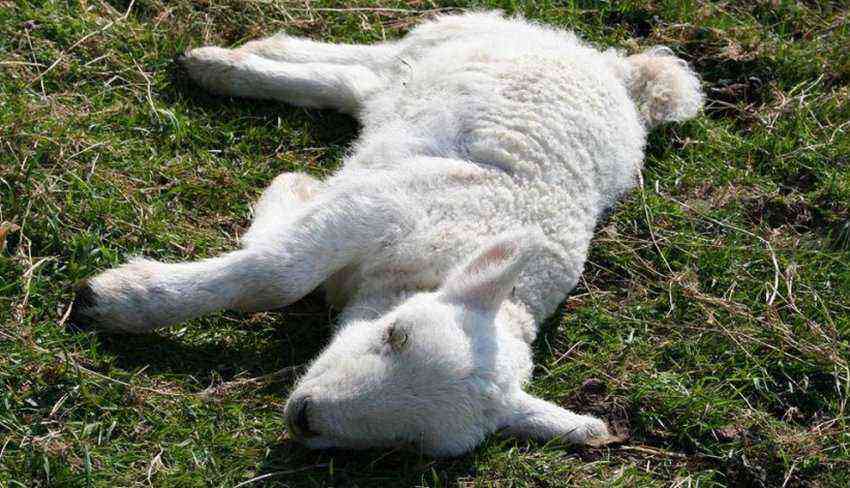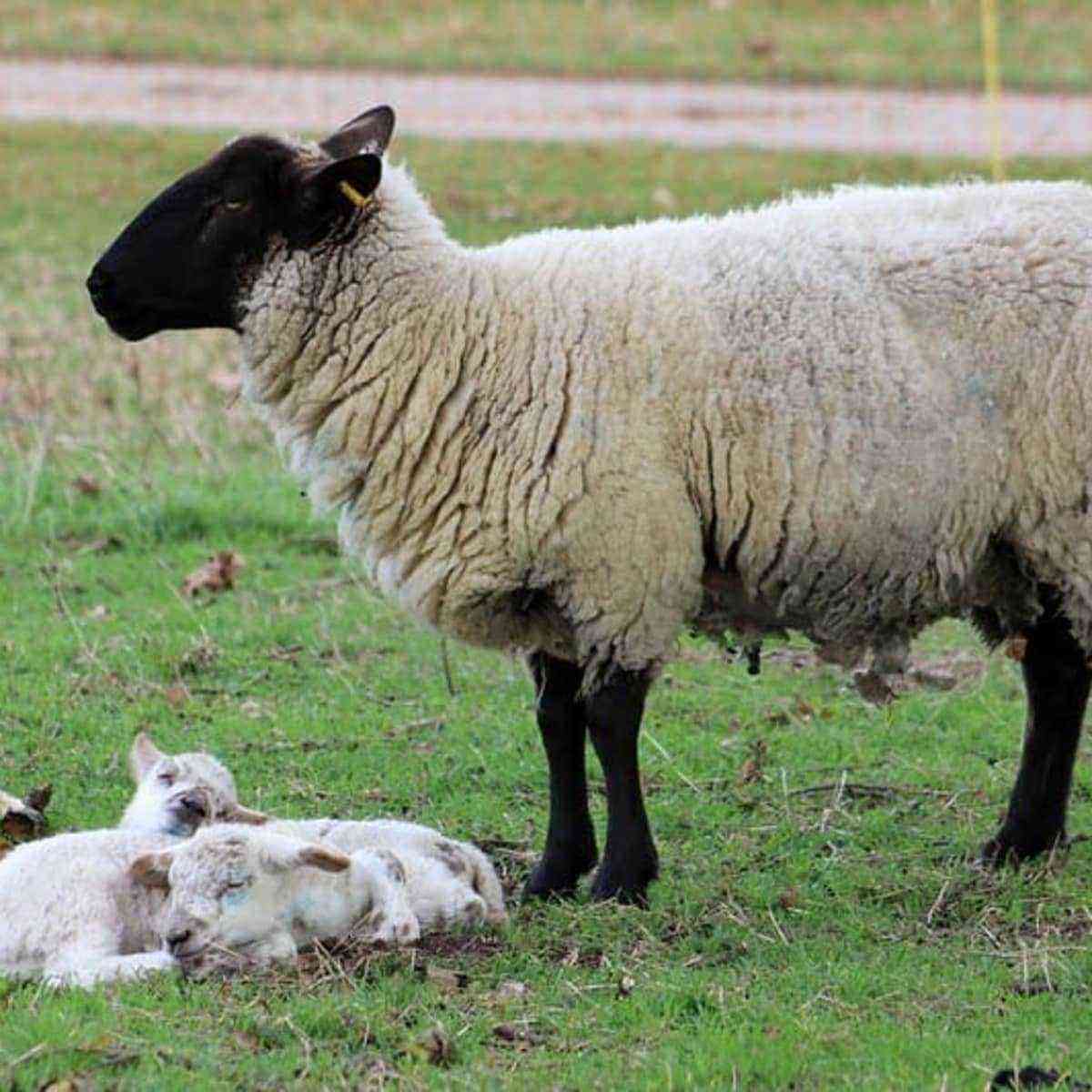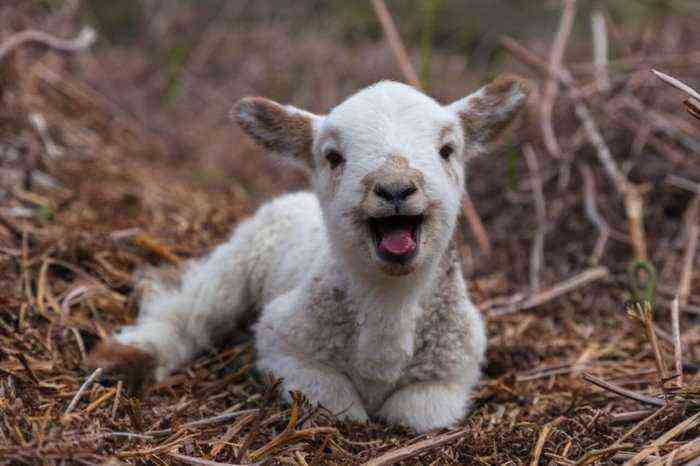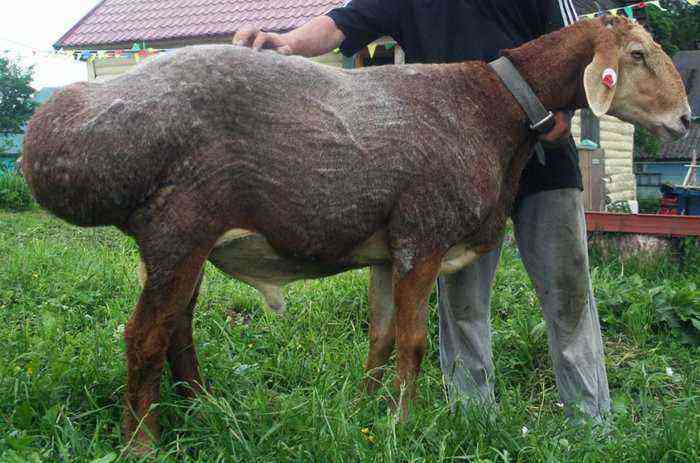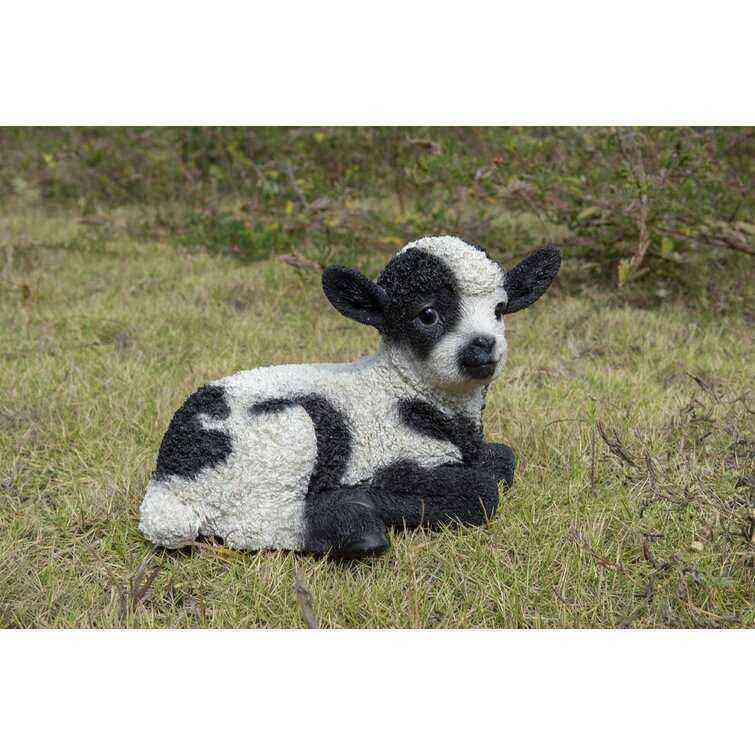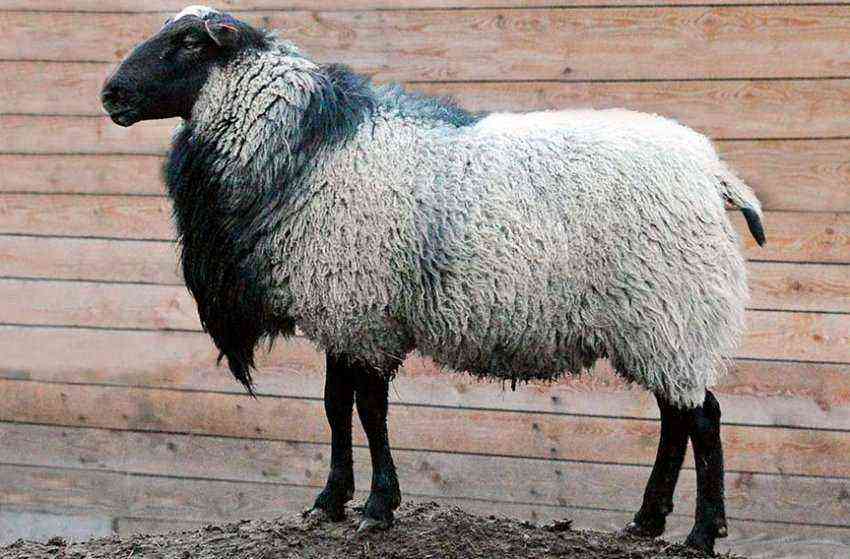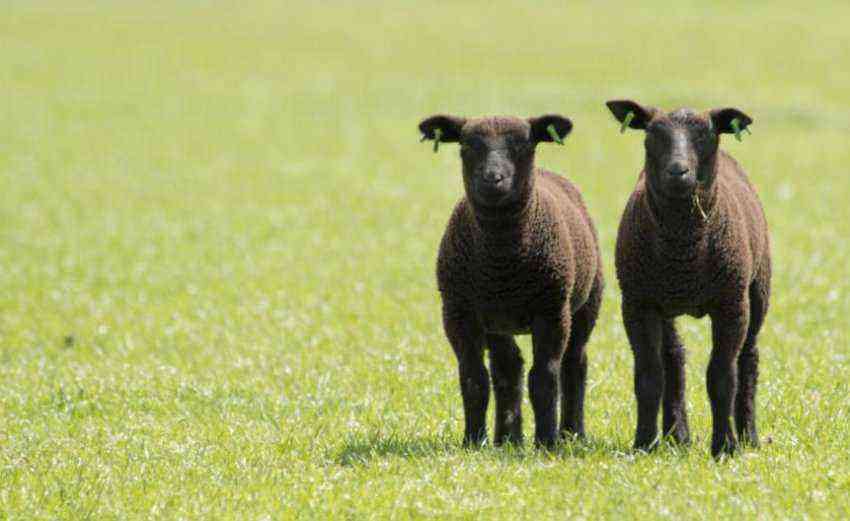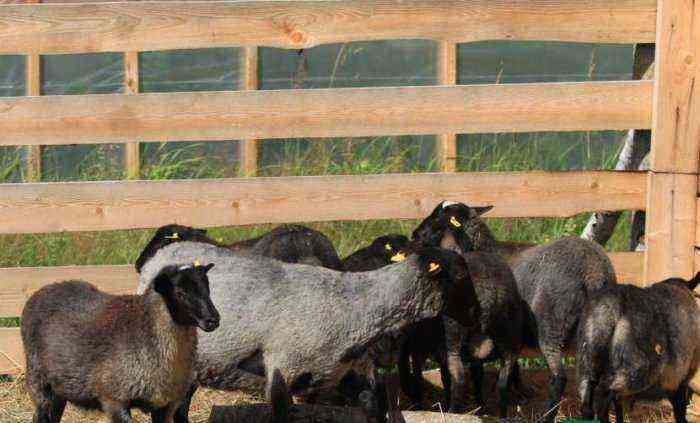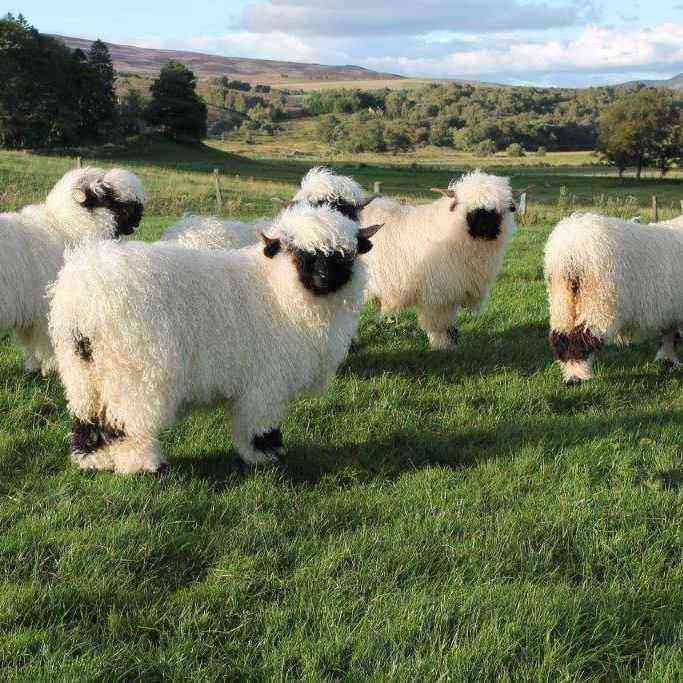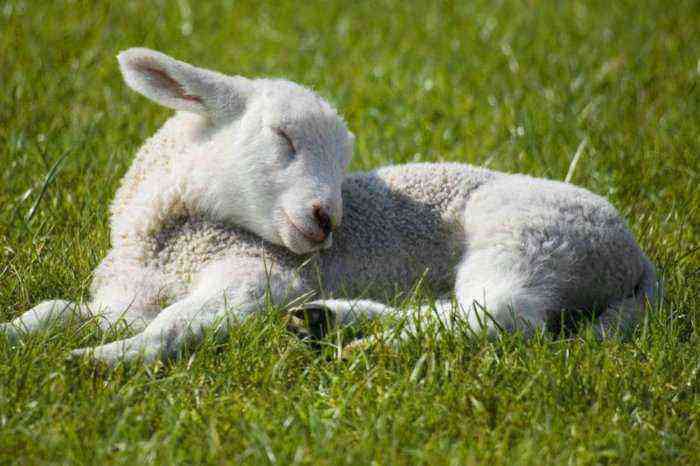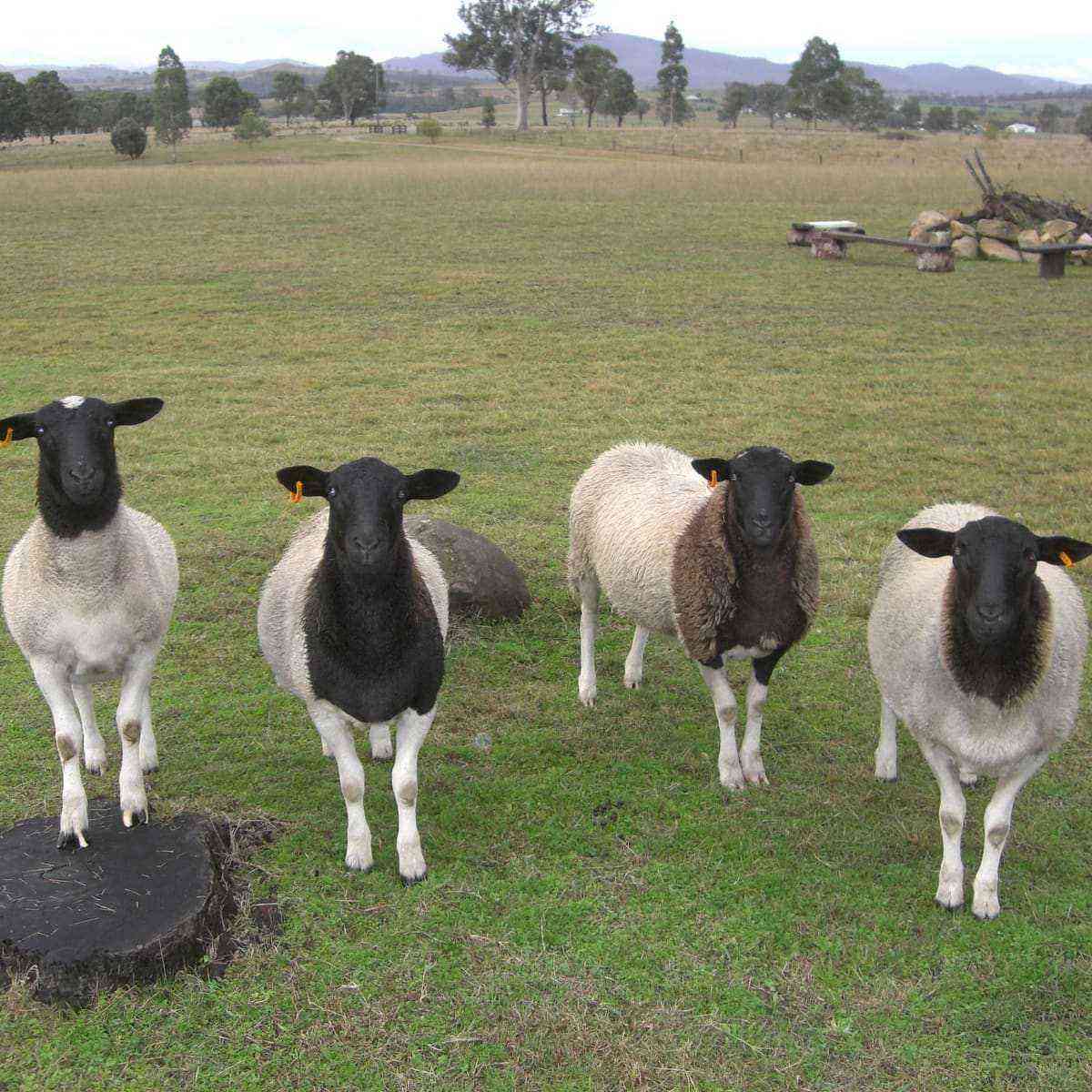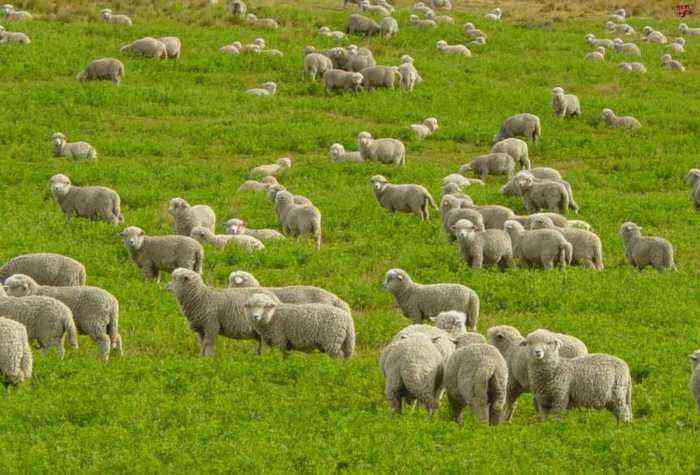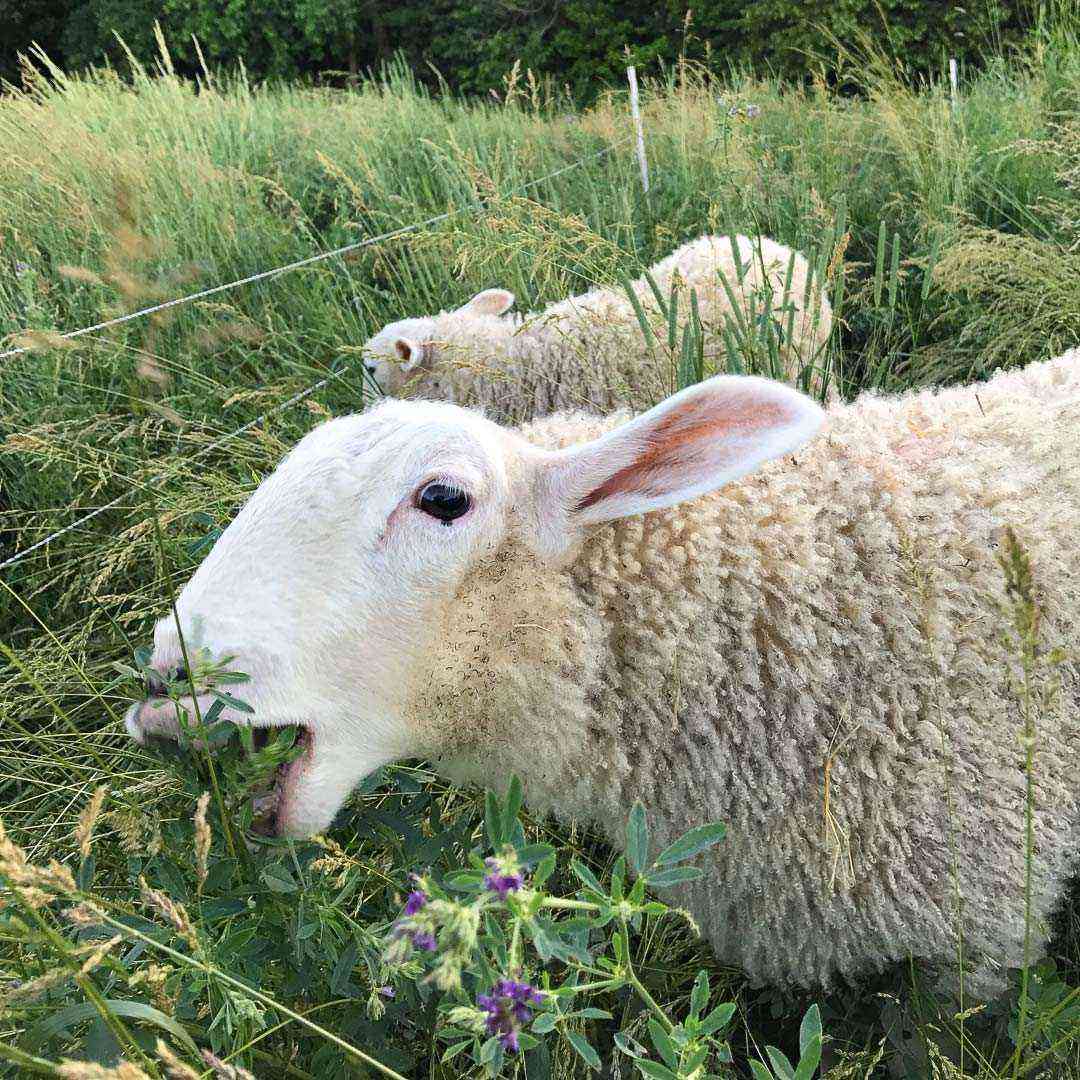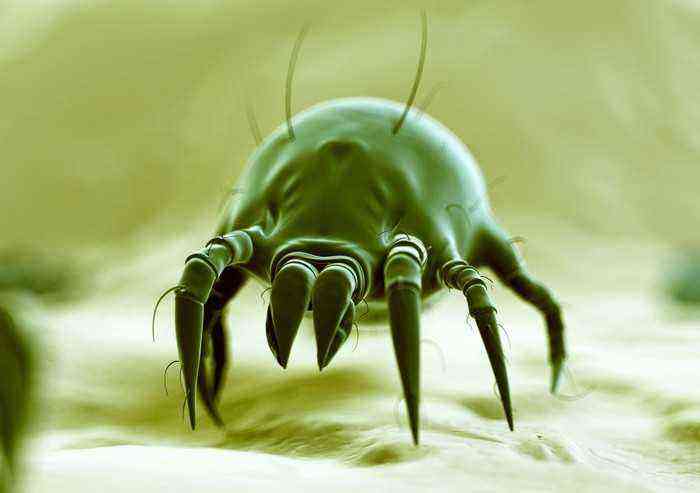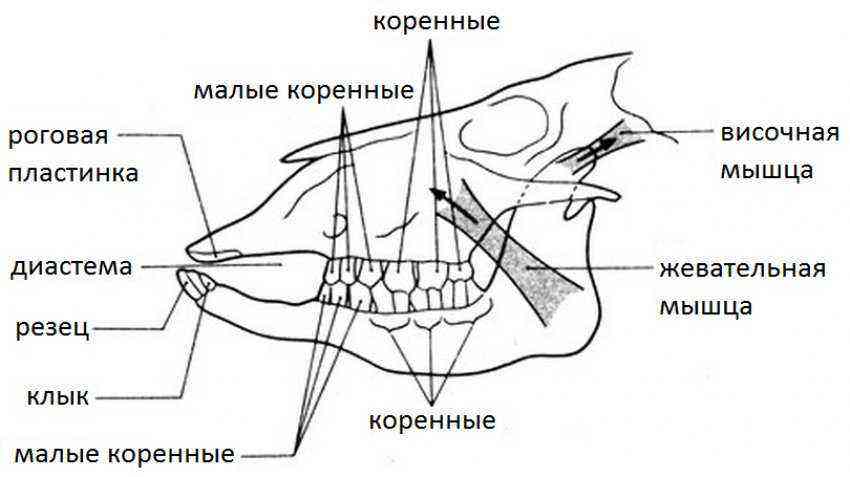Sheep brainworm is one of the most common helminths, leading to serious consequences for the health of sheep. In rare cases, people can become infected with it. The following describes the features of this parasite, the symptoms of the disease caused by it and its treatment, as well as methods for preventing infection.
Exciter characteristic
Sheep brain (or multiceps) is a tapeworm that belongs to the order of cyclophyllids. Its larvae most often parasitize in the brain of sheep, which explains the name of the helminth. Also, the helminth sometimes infects goats and cattle.
Did you know? Suction cups and hooks on the head of the parasite allow it to cling to the walls of the GI tract in the host.
Biological Description
The characteristic biological features of an adult individual of this species of worm are:
- total length up to 10 cm, but many sources give a figure of 50–100 cm;
- head with 4 suction cups;
- the proboscis is armed with 22-32 hooks;
- the body consists of 200–250 segments.
Brain eggs are rounded and reach 0,03-0,04 mm in diameter, and the size of the cyst caused by an adult larva can reach 2-6 cm.
Life cycle features
A feature of this type of parasites is the different habitat in adults and larvae. Sexually mature worms live in the canine family, in the intestines of dogs, wolves, jackals and foxes, and cenures are opened in intermediate hosts – sheep or people.
The life cycle of a multiceps has the following sequence:
- Helminth eggs that have entered the body of an animal with water or grass are opened and the oncosphere (the initial stage of the larva), once in the blood, reaches the brain.
- The cenura (the next larval stage) causes a fatal disease in the intermediate host.
- The infected parts of a fallen animal are eaten by a dog or a fox. In their intestines, after sexual reproduction of adult worms, new eggs are formed, which are excreted with feces and fall on grass or in water.
Causes and signs of infection
Sheep brain causes coenurosis in intermediate hosts. The disease is, most often, chronic and is accompanied by lesions of the brain (rarely spinal) cord. The popular name for the disease is a spinner, spin or brain, which describes one of the characteristic features of animal behavior.
Did you know? The first recorded case of helminth infection occurred in 5900 BC. e. A liver fluke has been discovered in fossilized feces in northern Chile.
Pathogenesis and symptoms
Once in the brain, after 3–6 months, oncospheres form cenura, which then lead to focal lesions and destroy tissues. On average, 1-3 cenures are found in one sheep, but there are cases of detection and 20-30 pieces.
The bubble of the larva (cyst) presses on the brain tissue, and in some cases it can also press on the bones of the skull, thinning and even perforating them. The manifestation of external symptoms depends on the location of the larvae in the brain, their number and the general condition of the animal.
The most characteristic symptoms in sheep are:
- circular involuntary movements;
- rapid running or long standing, with head resting on an object;
- imbalance, partial paralysis;
- hanging the head to one side, lowering the ears;
- loss of appetite and blurred vision;
- reddening of the connective membrane of the eyes.
Harm to animals and people
Without timely diagnosis and treatment, coenurosis is fatal for humans and animals.
In dysfunctional farms, up to 20% of young animals are affected. The disease leads to the loss of livestock, loss of wool and meat products, additional costs for care and treatment.
Flow stages
The first manifestations of infection can be seen 2-3 weeks after the pathogens enter the body. The animal becomes shy, shows periodic excitement, convulsions are possible.
Weak lambs sometimes die already during this period, but for the most part the signs disappear for 2-6 months. The second stage is manifested by the typical symptoms listed above, after which the coenurosis passes into the final stage.
How to identify disease and cure livestock
The veterinarian makes a diagnosis by combining the clinical picture of the disease and information about the epidemiological history of the animal, and also uses a study of the skull and examination of the fundus.
For treatment in the early stages, injections of 5% tincture of iodine and the drug Panakur (anthelmintic) are used, and in the later stages, surgical removal of coenurs can be used.
Important! The operation is quite complicated, so many farms simply send sick animals for slaughter.
Cases and symptoms of human infection
A person rarely falls ill with coenurosis, but the danger of illness for him is as great as for sheep. You can become infected by contact with the hair or tongue of a dog that is the owner of the helminth. Also, the ways of transmission of eggs of parasites can be water, grass or soil, on which infected dog feces have fallen.

The main features include:
- persistent headache;
- dizziness, nausea and vomiting;
- loss of consciousness and disorientation;
- muscle stiffness at the back of the head;
- convulsions.
For diagnosis, brain studies (ultrasound, MRI and CT) and a neurological examination are used. Treatment is most often performed surgically, sometimes chemotherapy is used.
Distribution
Regions with developed sheep breeding are susceptible to infection, where insufficient attention is paid to the control of stray animals. Farm workers who have frequent close contact with dogs are at risk.
Experienced sheep breeders note that fine-fleeced breeds are most susceptible to helminth in the first year of lambs’ life.
Prevention
To prevent infection, a general vaccination of lambs is carried out, which allows for 3-4 years of use to free the livestock farm from coenurosis.
Additional protective measures are:
- regular deworming of herding dogs;
- catching stray dogs, preventing their contact with the flock;
- disinfection of sheepfolds and sheds.
Important! Sheep that have fallen from coenurosis must be destroyed without fail in order to prevent further development of the life cycle of the parasite.
Sheep brainworm is an extremely dangerous parasite, both for sheep and for humans. Compliance with all safety measures will allow you to save the livestock, and timely monitoring of the condition of the animals will help to identify the first signs of the disease and start treatment on time.
